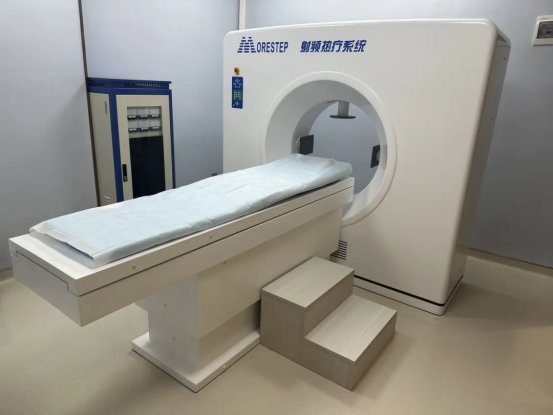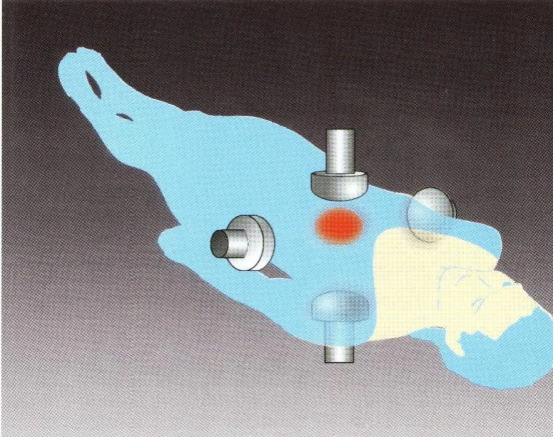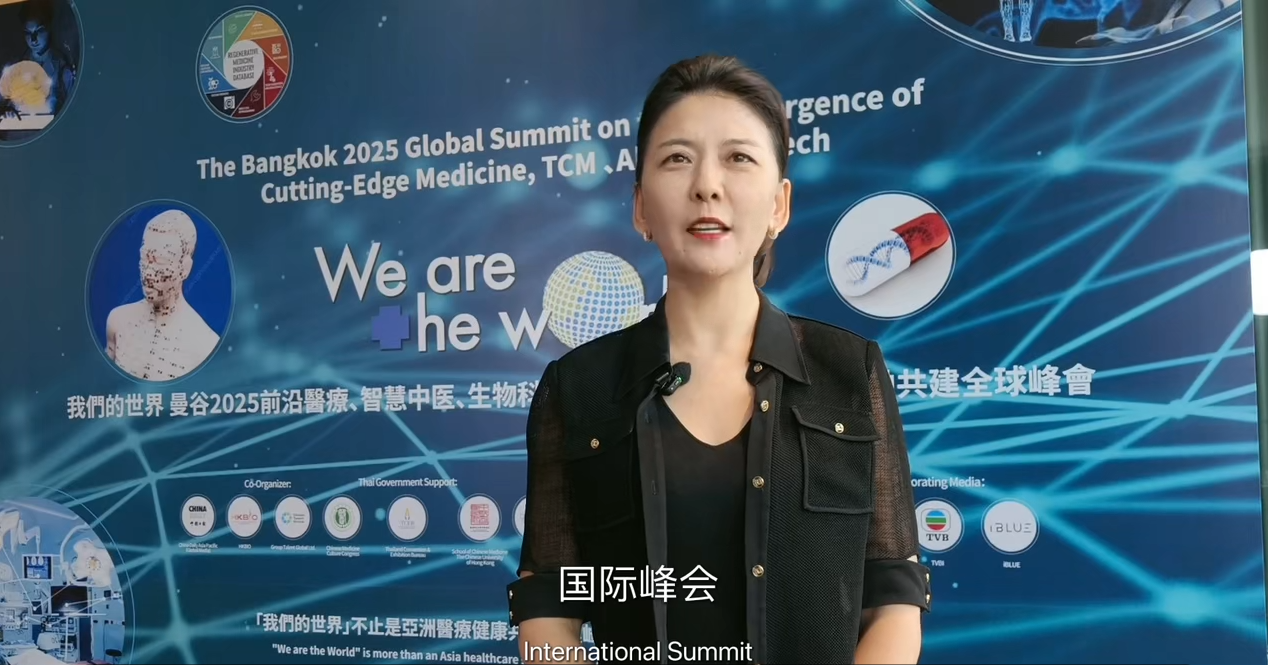As a "green therapy," hyperthermia for tumors is widely used in clinical cancer treatment. As early as 1985, hyperthermia was certified by the U.S. Food and Drug Administration, becoming another cancer treatment method after surgery, radiotherapy, chemotherapy, and biotherapy. Hyperthermia—this therapy that uses "high temperature" to precisely target tumors—is receiving increasing attention. Studies have shown that hyperthermia, as an effective treatment method, plays an important role in the treatment of various cancers, including breast cancer, liver cancer, rectal cancer, and lung cancer.

Our hospital has introduced a tumor radiofrequency hyperthermia system.
Why can hyperthermia "kill" cancer cells?
Tumor hyperthermia primarily utilizes the difference in temperature tolerance between normal tissue cells and tumor cells for treatment. Compared to normal cells, tumor cells are more sensitive to high temperatures. Tumor hyperthermia uses physical energy to heat the entire body or a specific area, raising the temperature of the tumor tissue to an effective therapeutic temperature and maintaining it for a certain period of time . This achieves a treatment method that induces tumor cell apoptosis while leaving normal cells unaffected.
The effects of hyperthermia
Hyperthermia, when used in conjunction with radiotherapy, chemotherapy, and immunotherapy, can achieve a synergistic anti-tumor effect, making it widely used in the treatment of various malignant tumors.
1. Combined hyperthermia and radiotherapy
Combining tumor hyperthermia with radiotherapy can enhance the sensitivity of radiotherapy and reduce its side effects. Tumor cells located in the central part of the tumor are in a hypoxic state and are insensitive to radiation. They cannot be completely killed after radiotherapy and often become the root cause of tumor recurrence. Hyperthermia, on the other hand, has a particularly strong effect on these tumor cells, effectively assisting radiotherapy in killing radiation-resistant cancer cells and compensating for the shortcomings of radiotherapy.
2. Combined hyperthermia and chemotherapy
The combined use of tumor hyperthermia and chemotherapy can sensitize chemotherapy and reduce its side effects. Tumor hyperthermia can enhance cell membrane permeability, which is beneficial for the penetration and absorption of anti-tumor drugs; hyperthermia can accelerate drug uptake and drug response, thereby enhancing the anti-tumor effect; at the same time, it can reduce the toxic effects of chemotherapy drugs on unheated normal tissues; the combination of the two can also help prevent and delay the development of drug resistance.

3. Combined hyperthermia and immunotherapy
Hyperthermia can optimize the tumor microenvironment by modulating tumor vascular perfusion, lymphocyte transport, inflammatory cytokine expression, tumor metabolism, and temperature-sensitive checkpoints of innate and acquired immune function, thereby enabling immunotherapy to exert a greater therapeutic effect.
4. Simple heat therapy
Hyperthermia alone is suitable for cancer patients at all stages. For patients with advanced cancer who have relapsed after radiotherapy, chemotherapy or surgery and are not suitable to continue the above treatments, hyperthermia alone can be used for palliative treatment to relieve intractable pain in advanced cancer and improve the patient's quality of life.
Advantages of hyperthermia
Compared with other cancer treatments, hyperthermia causes less damage to normal cells, so it has relatively fewer side effects, is better tolerated by patients, and does not cause serious adverse reactions such as hair loss, nausea, or vomiting.
Meanwhile, as a physical, non-invasive, and non-surgical treatment method, hyperthermia does not involve the use of radiation or chemical drugs, making it safer and reducing the pain and physical damage to cancer patients.
In addition, hyperthermia can also improve the body's immune function to a certain extent and enhance the body's resistance to tumor cells. Because of this unique property, thermotherapy is also known as a "green therapy."
Indications for deep hyperthermia
Applicable to tumors in all parts of the body except intracranial tumors:
(1) Head and neck tumors, large and deep recurrent or refractory cancers or various soft tissue sarcomas;
(2) Thoracic tumors, such as esophageal cancer, lung cancer, mediastinal tumors, pleural tumors, pericardial tumors, and malignant pleural effusions;
(3) Abdominal tumors, such as liver cancer, pancreatic cancer, gastric cancer, colon cancer, gallbladder cancer, retroperitoneal tumors and cancerous ascites, etc.
(4) Pelvic tumors, such as bladder cancer, prostate cancer, rectal cancer, cervical cancer and ovarian cancer, etc.
(5) Tumors in other parts of the body, such as malignant lymphoma, bone and soft tissue tumors and malignant melanoma;
(6) Bone metastases.
Recently, Guangzhou RoyalLee Hospital officially introduced a tumor hyperthermia treatment system. The treatment can be settled with medical insurance, which will provide cancer patients with more comprehensive treatment options.
This article is compiled from:
[1] October 23, 2024, Science and Technology Daily, "Tumor Hyperthermia: A 'Green Therapy' for Fighting Cancer Cells with Temperature"
[2] Chinese Expert Consensus on Tumor Hyperthermia (2020)
[3] 2022-06-17 Guangzhou Medical University Oncology Radiotherapy: "Another Powerful Tool in Tumor Treatment—How Does Hyperthermia Work?"


 (+86)18613012387
(+86)18613012387 info@royallee.cn
info@royallee.cn EN
EN CN
CN TH
TH IDN
IDN  AR
AR





